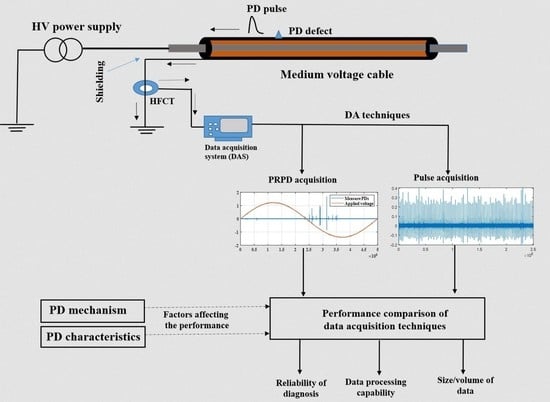Performance Comparison of PD Data Acquisition Techniques for Condition Monitoring of Medium Voltage Cables
Abstract
:1. Introduction
2. PD Mechanism
3. Characteristics of PD Signals
3.1. Pulse Shape
3.2. Pulse Repetition
3.3. Pulse Propagation
4. PD Measurements and Data Acquisition in Power Cables
4.1. Experimental Setup
4.2. PRPD Based Acquisition Technique
4.3. Pulse Acquisition Technique
5. Performance Comparison of Data Acquisition Techniques
5.1. Reliability of Data Acquisition
5.2. Reduction in Data Size
6. Conclusions
Author Contributions
Funding
Acknowledgments
Conflicts of Interest
References
- Catterson, V.M.; Castellon, J.; Pilgrim, A.J.; Saha, T.K.; Ma, H.; Vakilian, M.; Moradnouri, A.; Gholami, M.; Sparling, B.D. The Impact of Smart Grid Technology on Dielectrics and Electrical Insulation. IEEE Trans. Dielectr. Electr. Insul. 2015, 22, 3505–3512. [Google Scholar] [CrossRef] [Green Version]
- Johae, C.; Beerboom, D.; Pawlowski, E.; Zdrallek, M.; Schultze, N.; Timmreck, R. Economical and Practicable Condition Assessment of MV-And LV-Distribution Grids. CIRED-Open Access Proc. J. 2017, 2017, 128–131. [Google Scholar] [CrossRef] [Green Version]
- Amin, M. Toward a More Secure, Strong and Smart Electric Power Grid. In Proceedings of the 2011 IEEE Power and Energy Society General Meeting, Detroit, MI, USA, 24–28 July 2011; pp. 1–4. [Google Scholar]
- Shafiq, M.; Kauhaniemi, K.; Robles, G.; Isa, M.; Kumpulainen, L. Online Condition Monitoring of MV Cable Feeders Using Rogowski Coil Sensors for PD Measurements. Electr. Power Syst. Res. 2019, 167, 150–162. [Google Scholar] [CrossRef]
- Hernández-Callejo, L. A Comprehensive Review of Operation and Control, Maintenance and Lifespan Management, Grid Planning and Design, and Metering in Smart Grids. Energies 2019, 12, 1630. [Google Scholar] [CrossRef] [Green Version]
- Mor, A.R.; Heredia, L.C.C.; Muñoz, F.A. Effect of Acquisition Parameters on Equivalent Time and Equivalent Bandwidth Algorithms for Partial Discharge Clustering. Int. J. Electr. Power Energy Syst. 2017, 88, 141–149. [Google Scholar]
- Álvarez, F.; Garnacho, F.; Ortego, J.; Sánchez-Urán, M.Á. Application of HFCT and UHF Sensors in On-Line Partial Discharge Measurements for Insulation Diagnosis of High Voltage Equipment. Sensors 2015, 15, 7360–7387. [Google Scholar] [CrossRef] [PubMed] [Green Version]
- Xiao, C.; Zhao, L.; Asada, T.; Odendaal, W.G.; van Wyk, J.D. An Overview of Integratable Current Sensor Technologies. In Proceedings of the 38th IAS Annual Meeting on Conference Record of the Industry Applications Conference, Salt Lake City, UT, USA, 12–16 October 2003; pp. 1251–1258. [Google Scholar]
- Mulroy, P.; Gilbert, I.; Hurtado, A. Continuous Online Monitoring of PD Activity in the Medium Voltage Distribution Network. In Proceedings of the 22nd International Conference and Exhibition on Electricity Distribution (CIRED 2013), Stockholm, Sweden, 10–13 June 2013; pp. 1–4. [Google Scholar]
- Kane, C.; Golubev, A. Advantages of Continuous Monitoring of Partial Discharges in Rotating Equipment and Switchgear. In Proceedings of the Conference Record of the 2003 Annual Pulp and Paper Industry Technical Conference, Charleston, SC, USA, 16–20 June 2003; pp. 117–122. [Google Scholar]
- Diamantoulakisa, P.D.; Kapinasa, V.M.; Karagiannidisa, G.K. Big Data Analytics for Dynamic Energy Management in Smart Grids. Big Data Res. 2015, 2, 94–101. [Google Scholar] [CrossRef] [Green Version]
- Gu, F.C.; Chang, H.C.; Hsueh, Y.M.; Kuo, C.C.; Chen, B.R. Development of a High-Speed Data Acquisition Card for Partial Discharge Measurement. IEEE Access 2019, 7, 140312–140318. [Google Scholar] [CrossRef]
- Yang, G.; Wang, F.; Cui, S.; Zhao, L. Design and Implementation of Data Acquisition for Partial Discharge in Power Cable. Advances in Computer, Communication, Control and Automation; Wu, Y., Ed.; Springer: Berlin/Heidelberg, Germany, 2011; Volume 121, pp. 189–195. [Google Scholar]
- Wen, L.; Zhou, K.; Yang, S.; Li, L. Compression of Smart Meter Big Data: A Survey. Renew. Sustain. Energy Rev. 2018, 91, 59–69. [Google Scholar] [CrossRef]
- Ardila-Rey, A.; Martínez-Tarifa, J.M.; Robles, G.; Rojas-Moreno, M.; Albarracín, R. A Partial Discharges Acquisition and Statistical Analysis Software. In Proceedings of the 2012 IEEE International Instrumentation and Measurement Technology Conference Proceedings, Graz, Austria, 13–16 May 2012; pp. 1670–1675. [Google Scholar]
- Luo, Y.; Li, Z.; Wang, H. A Review of Online Partial Discharge Measurement of Large Generators. Energies 2017, 10, 1694. [Google Scholar] [CrossRef] [Green Version]
- Brunt, R.J.V. Physics and Chemistry of Partial Discharge and Corona. Recent Advances and Future Challenges. IEEE Trans. Dielectr. Electr. Insul. 1994, 1, 761–784. [Google Scholar] [CrossRef]
- Bahadoorsingh, S.; Rowland, S. A Framework Linking Knowledge of Insulation Aging to Asset Management—[Feature Article]. IEEE Electr. Insul. Mag. 2008, 24, 38–46. [Google Scholar] [CrossRef]
- Ramachandra, B.; Nema, R.S. Characterisation of Partial Discharge Pulses in Artificial Voids in Polypropylene Films Used in Capacitors. In Proceedings of the Conference Record of the 1996 IEEE International Symposium on Electrical Insulation, Montreal, QC, Canada, 16–19 June 1996; pp. 517–520. [Google Scholar]
- Aumann, S.; Becker, S.; Berton, F.; Friederici, G.; Gauer, M.; Jovalekic, M.; Kohlhof, J.; Kübler, F.; Radbruch, J.; Winter, R. Guideline Measurement and Diagnosis of Partial Discharges in Low Voltage Applications ≤ 1000 Volts; ZVEI: Frankfurt, Germany, 2017. [Google Scholar]
- Djamal, B. Pulse Sequence Analysis and Pulse Shape Analysis: Methods to Analyze Partial Discharge Processes. Ph.D. Thesis, University Library of Siegen, Siegen, Germany, June 2008. [Google Scholar]
- Ghaffarian, M. Partial Discharge Signatures of Defects in Insulation Systems Consisting of Oil and Oil-Impregnated Paper. Ph.D. Thesis, KTH Royal Institute of Technology, Stockholm, Sweden, December 2012. [Google Scholar]
- Shafiq, M.; Kauhaniemi, K.; Robles, G.; Hussain, G.A.; Kumpulainen, L. Partial Discharge Signal Propagation in Medium Voltage Branched Cable Feeder. IEEE Electr. Insul. Mag. 2018, 34, 18–29. [Google Scholar] [CrossRef]
- Shafiq, M.; Kiitam, I.; Taklaja, P.; Kütt, L.; Kauhaniemi, K.; Palu, I. Identification and Location of PD Defects in Medium Voltage Underground Power Cables Using High Frequency Current Transformer. IEEE Access J. 2019, 7, 103608–103618. [Google Scholar] [CrossRef]
- Mor, A.R.; Morshuis, P.H.F.; Llovera, P.; Fuster, V.; Quijano, A. Localization Techniques of Partial Discharges at Cable Ends in Off-Line Single-Sided Partial Discharge Cable Measurements. IEEE Trans. Dielectr. Electr. Insul. 2016, 23, 428–434. [Google Scholar] [CrossRef]
- IEC Standard. IEC 60270, High Voltage Test Techniques-Partial Discharge Measurements; International Electrotechnical Commission: Geneva, Switzerland, 2000. [Google Scholar]
- Albarracín-Sánchez, R.; Álvarez-Gómez, F.; Vera-Romero, C.A.; Rodríguez-Serna, J.M. Separation of Partial Discharge Sources Measured in the High-Frequency Range with HFCT Sensors Using PRPD-teff Patterns. Sensors 2020, 20, 382. [Google Scholar] [CrossRef] [PubMed] [Green Version]
- Ghasempour, A. Internet of Things in Smart Grid: Architecture, Applications, Services, Key Technologies, and Challenges. Inventions 2019, 4, 22. [Google Scholar] [CrossRef] [Green Version]
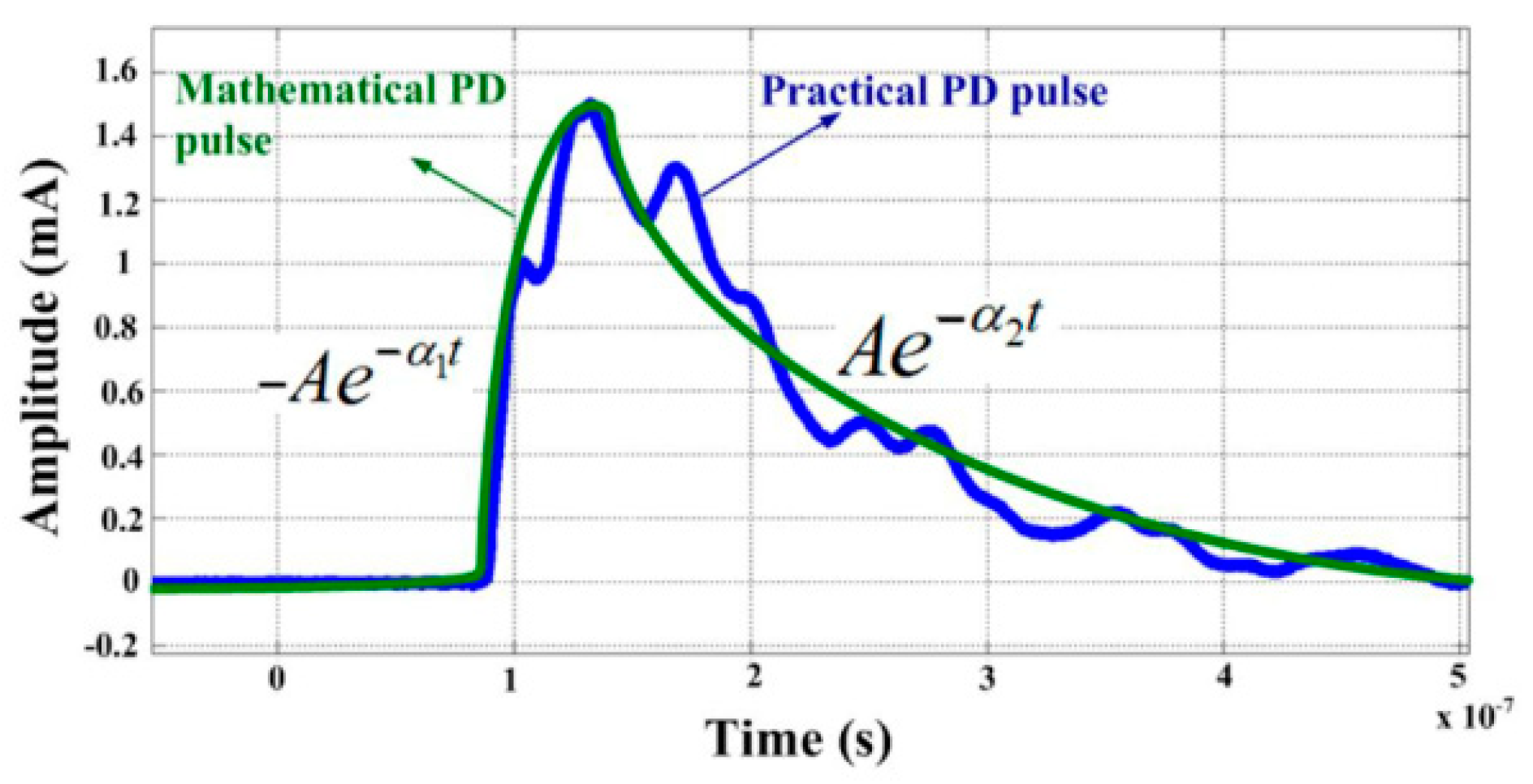
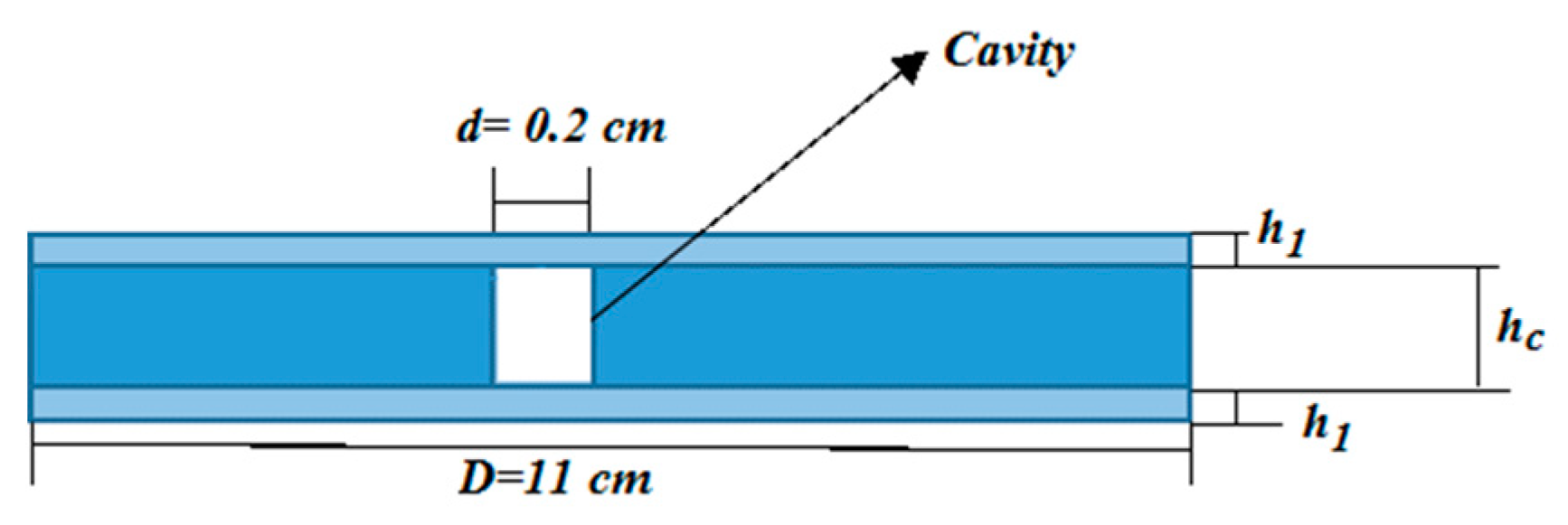
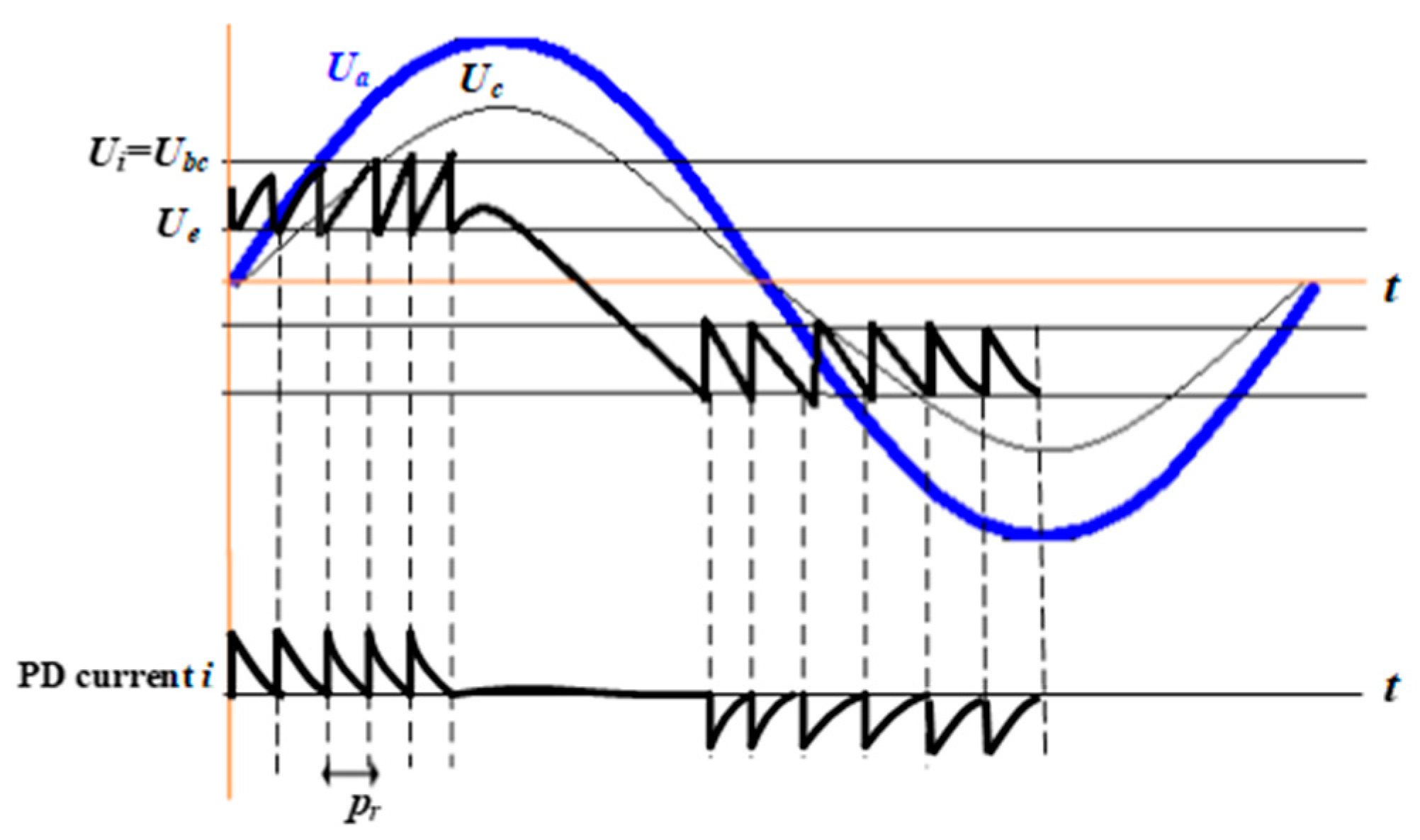

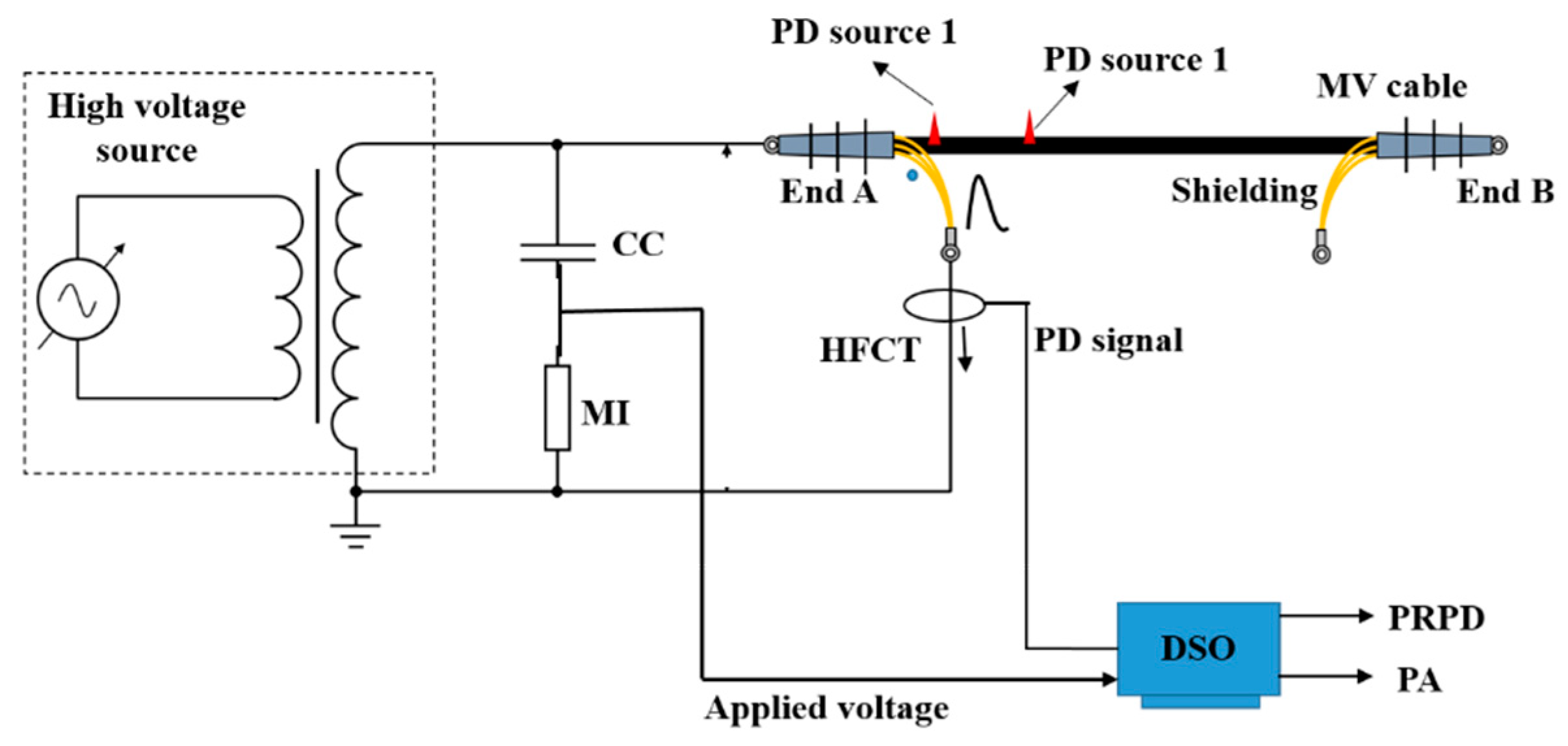




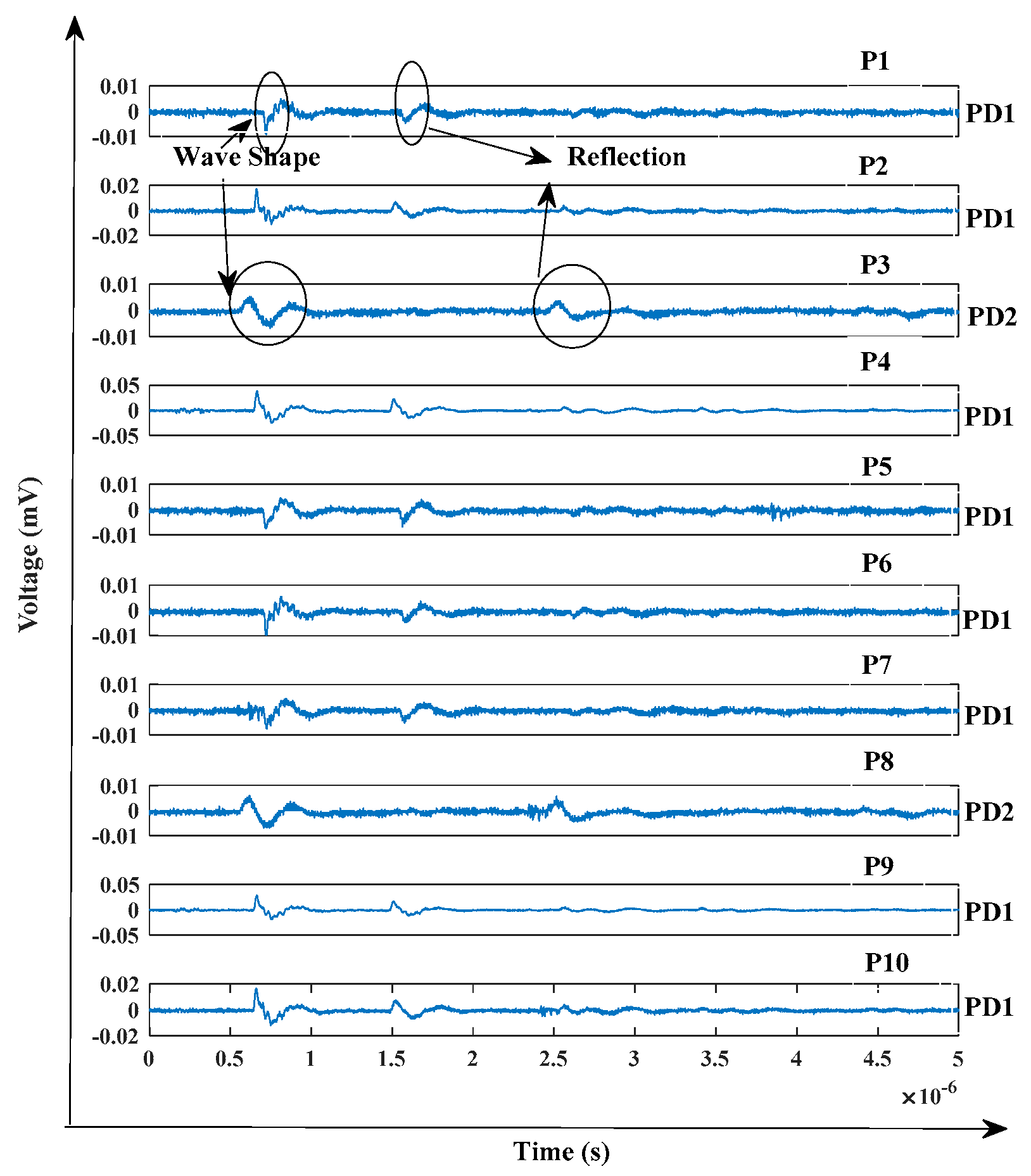
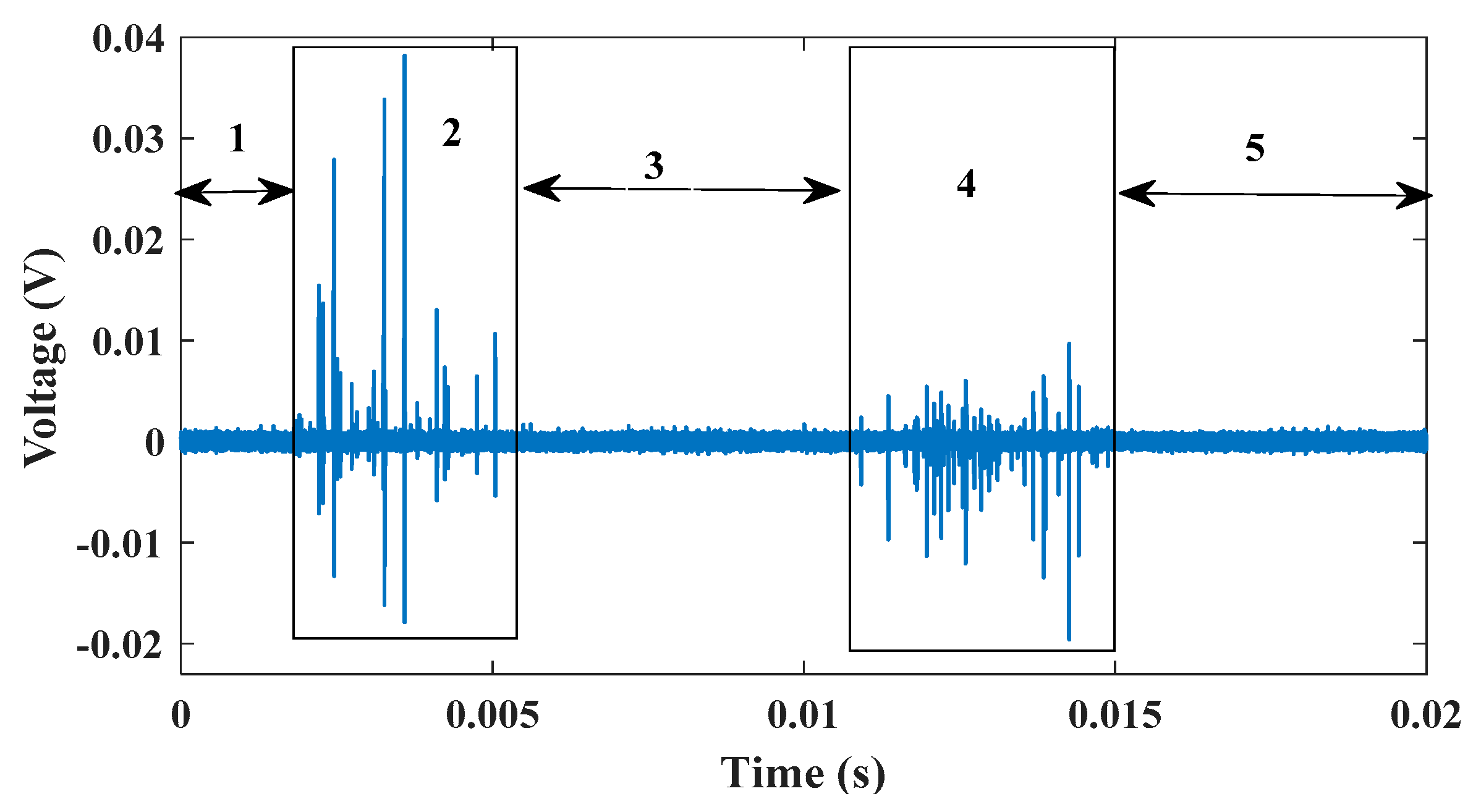
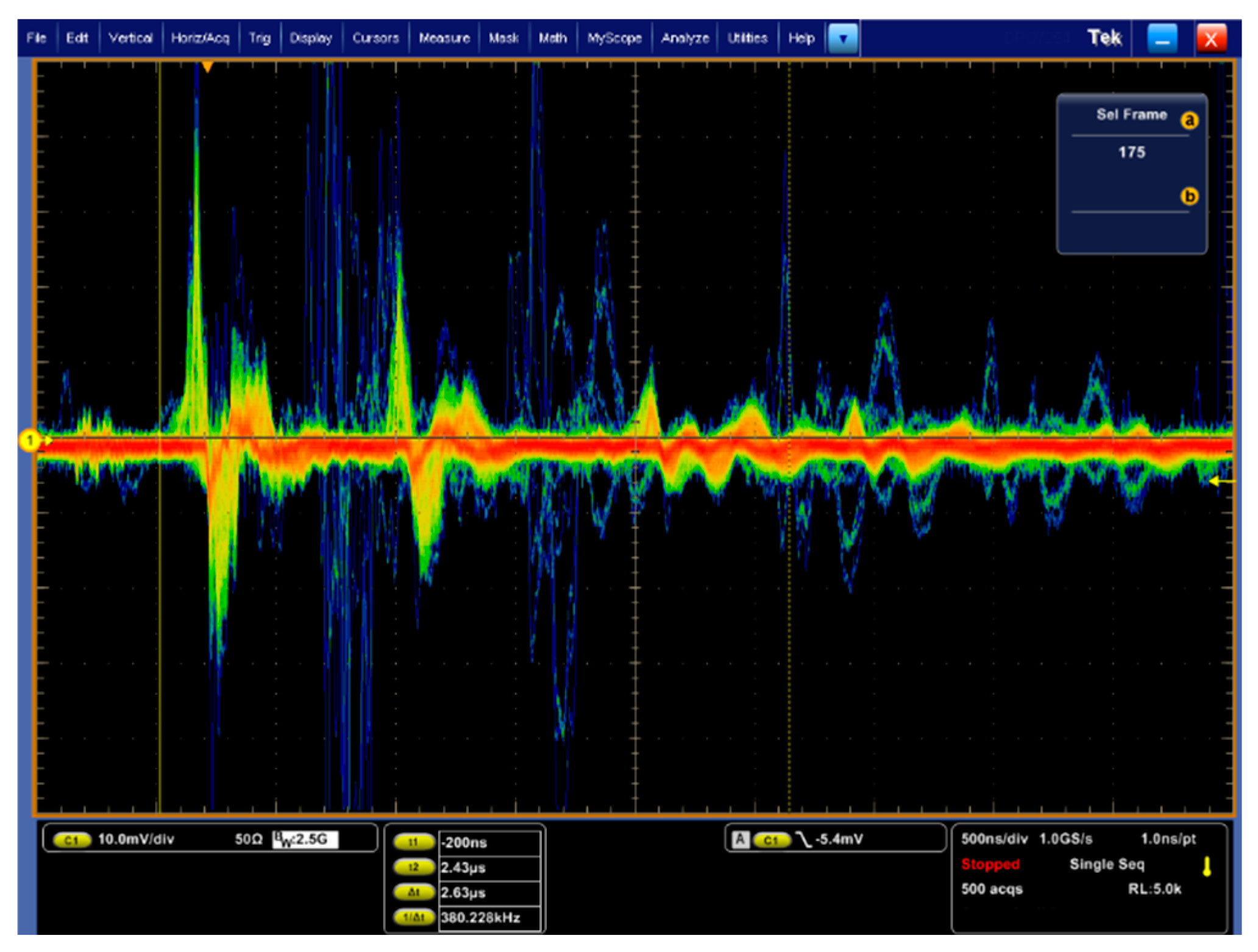

© 2020 by the authors. Licensee MDPI, Basel, Switzerland. This article is an open access article distributed under the terms and conditions of the Creative Commons Attribution (CC BY) license (http://creativecommons.org/licenses/by/4.0/).
Share and Cite
Shafiq, M.; Kiitam, I.; Kauhaniemi, K.; Taklaja, P.; Kütt, L.; Palu, I. Performance Comparison of PD Data Acquisition Techniques for Condition Monitoring of Medium Voltage Cables. Energies 2020, 13, 4272. https://doi.org/10.3390/en13164272
Shafiq M, Kiitam I, Kauhaniemi K, Taklaja P, Kütt L, Palu I. Performance Comparison of PD Data Acquisition Techniques for Condition Monitoring of Medium Voltage Cables. Energies. 2020; 13(16):4272. https://doi.org/10.3390/en13164272
Chicago/Turabian StyleShafiq, Muhammad, Ivar Kiitam, Kimmo Kauhaniemi, Paul Taklaja, Lauri Kütt, and Ivo Palu. 2020. "Performance Comparison of PD Data Acquisition Techniques for Condition Monitoring of Medium Voltage Cables" Energies 13, no. 16: 4272. https://doi.org/10.3390/en13164272





